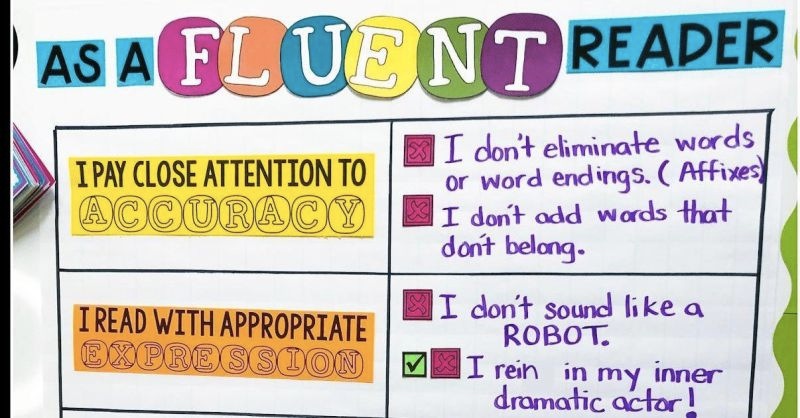Reading fluency is the ability to read text smoothly, accurately, and with expression. When we read fluently, we understand the story or information better because we’re not stumbling over words. Reading fluency activities are designed to strengthen this skill, especially for young readers.
Math & ELA | PreK To Grade 5
Kids see fun.
You see real learning outcomes.
Watch your kids fall in love with math & reading through our scientifically designed curriculum.
Parents, try for free Teachers, use for free
In early education, reading fluently is a big deal. It’s not just about being able to read quickly; it’s about truly understanding what the words mean together. In this blog, we’ll explore easy activities that can help build reading fluency. Whether you’re a parent or a teacher interested in working on your kid’s ready fluency, this blog is for you.
15 Reading Fluency Activities for Kids
1. Echo Reading
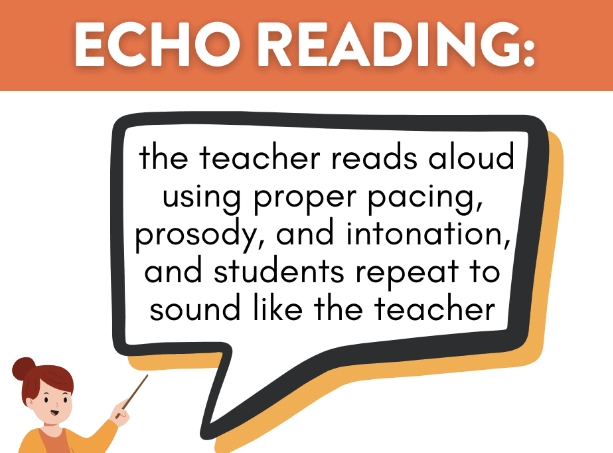
Echo reading is one of the best oral reading fluency activities where an adult or another proficient reader reads a short passage out loud. Then, the child reads the same passage, trying to copy how the first reader sounded. This means they pay attention to how fast they read, how they pause, and how their voice goes up and down. It’s like an echo in the mountains, where the child’s reading bounces back, trying to match the original.
2. Online Reading Games
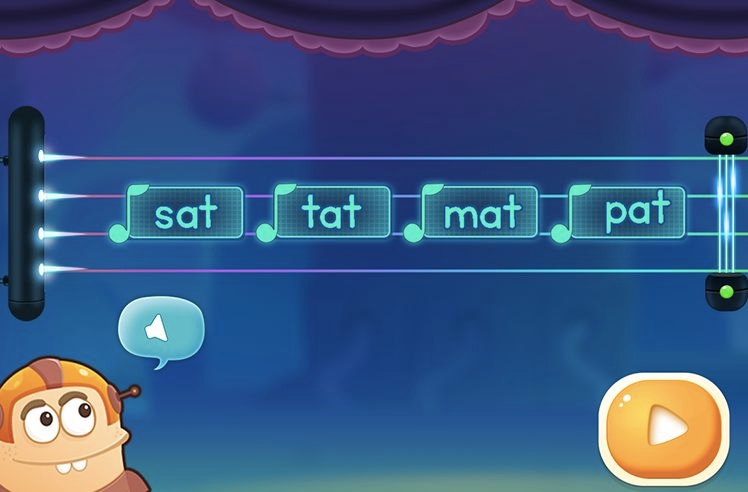
Online reading games make learning to read an exciting adventure. SplashLearn stands out as a comprehensive platform that revolutionizes the way children engage with reading through its array of fun online reading games. These games are meticulously crafted to improve sight word recognition, phonemic awareness, vocabulary development, comprehension skills and reading fluency. The platform ensures a holistic approach to reading, addressing every component necessary for developing proficient readers.
3. Sight Word Games
Sight word games are engaging activities for fluency that specifically focus on sight words—those common words that appear frequently in the text but are often hard to sound out. These games can range from flashcard competitions to interactive online games designed to help you recognize and recall sight words quickly. By turning the learning process into a playful experience, sight word games aim to boost your reading speed and confidence, making them a key tool in becoming a fluent reader.
Begin with these sight word games:
4. Choral Reading

Choral reading is one of the most fun group activities to improve reading fluency. Everyone reads the same piece of text together, out loud. This could be a story or any other text. Reading together like this helps readers who might feel shy or unsure about reading alone. They get to practice reading fluently without the pressure of being the only one speaking.
5. Partner Reading

Partner reading is among the effective reading fluency exercises that pair up students to read aloud to each other. One student reads a section of text, and then the other student reads the next section. They take turns reading and listening, giving each other tips and encouragement. This activity helps build reading skills because students get immediate feedback from their peers, which can help them improve their reading speed and expression.
6. Reading Along with Audiobooks

Listening to audiobooks is a great example of fluent reading activities. Children can hear how words are pronounced, and sentences flow smoothly by following along in the text while listening to a fluent reader. This activity helps them connect the sounds of words with their written forms, improving their reading fluency.
Related Reading: Best Auditory Learning Techniques: A Teachers' Guide
7. Poetry Recitations
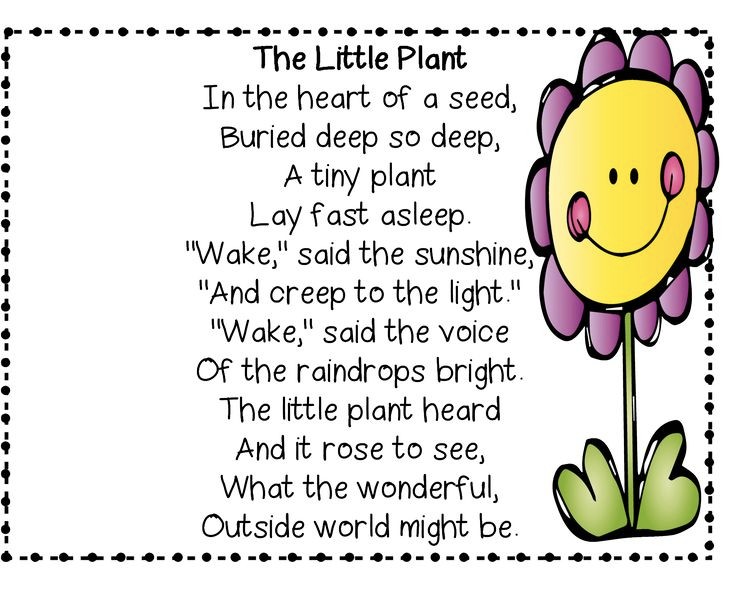
Poetry recitation is a beautiful fluency building activity. You choose a poem, memorize it, and then perform it with all the expression you can muster. This activity helps with pacing and expression because poems have a rhythm to them, and getting the rhythm right is a big part of making the poem sound good. Plus, it’s a fun way to practice speaking out loud.
Related Reading: Best Nursery Rhymes to Get Your Kids Singing along
8. Silent Reading

Silent reading is a simple yet effective activity for developing reading fluency. You pick a book or a passage and read quietly to yourself. This gives you the chance to practice reading at your own pace, focusing on understanding the story or information. Over time, you’ll find that you can read faster and understand more, which is exactly what fluency is all about.
9. Phrase-Cued Reading
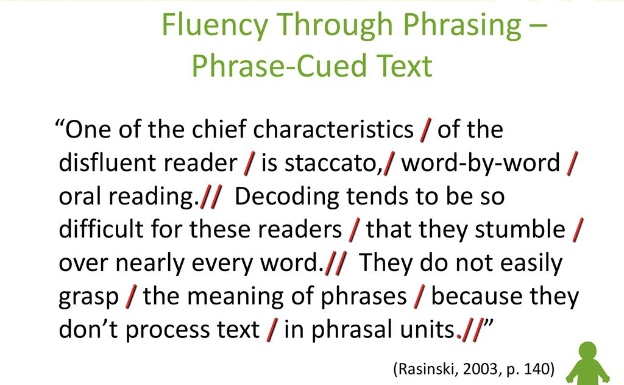
Phrase-cued reading helps you develop fluency in reading by breaking down sentences into smaller, meaningful chunks. Instead of reading word by word, you learn to read phrases at a time. This method shows you how to pause slightly at the end of each phrase, which makes your reading sound more natural and helps with understanding. It’s a bit like learning to see the forest, not just the trees, when you read.
10. Timed Repeated Readings
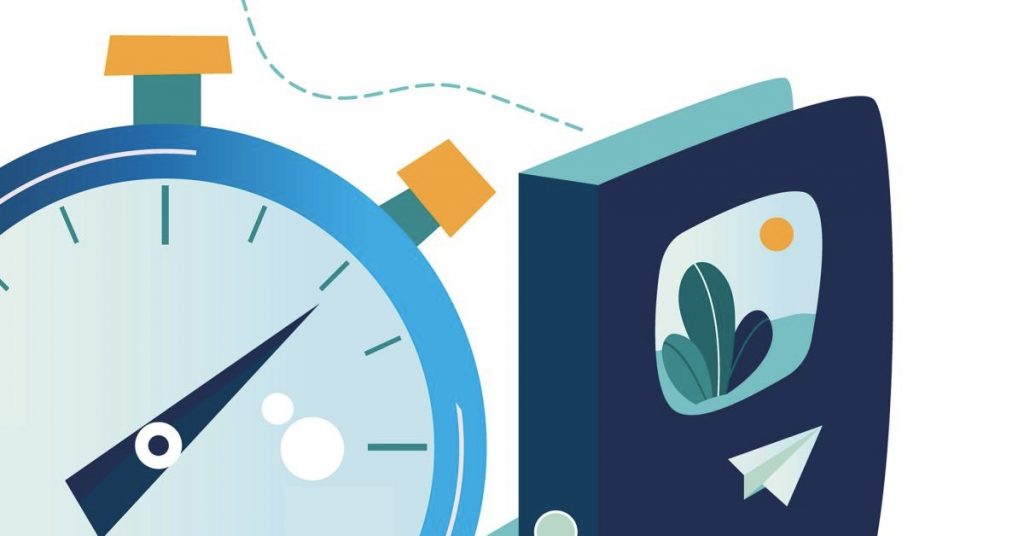
Timed repeated readings are reading fluency activities where you pick a short passage and read it over and over. The goal? To get faster and more accurate each time. It’s like racing against yourself, trying to beat your last score. You start by reading the passage once, then time how fast you can read it without making mistakes. Doing this several times helps you get better and better.
11. Interactive Storytelling
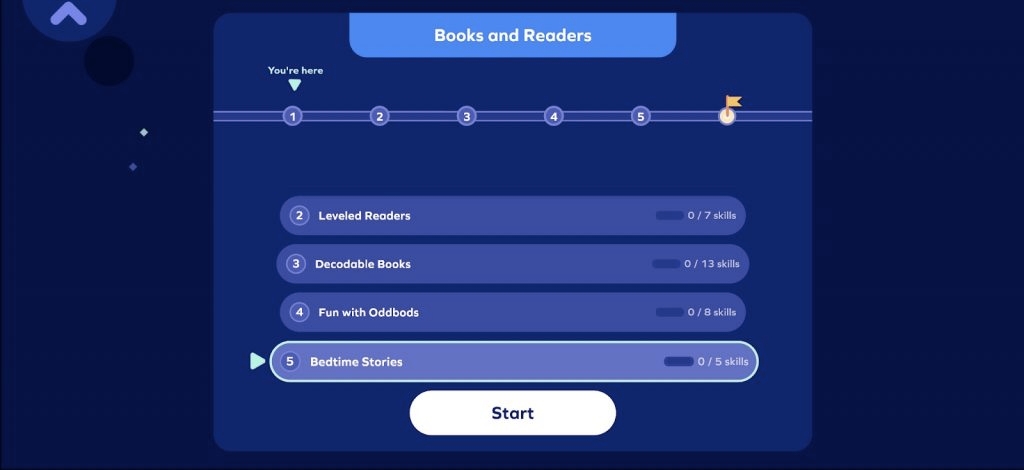
Interactive storytelling stands out among ideas for teaching fluency by combining the art of telling stories with active student participation. In this activity, the kid reads a story aloud, incorporating various voices for different characters and prompting kids to join in with sound effects, repeated phrases, or dialogue parts. This involvement not only makes the story more engaging but also encourages students to focus on the rhythm and flow of the language, enhancing their ability to read with expression and confidence.
12. Reading with Expressions
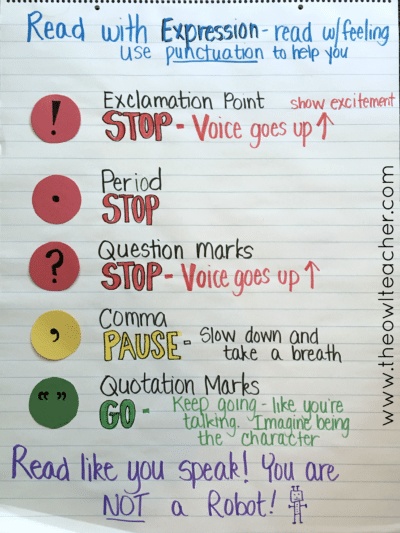
Reading with expressions, especially focusing on punctuations, is a key reading fluency activity. This approach teaches students to notice and respond to punctuation marks by changing their tone, speed, and volume as they read. It turns reading into a more engaging and interactive experience. By practicing reading aloud with attention to commas, periods, question marks, and exclamation points, students learn to read more naturally and with better understanding.
13. Scooping Phrases
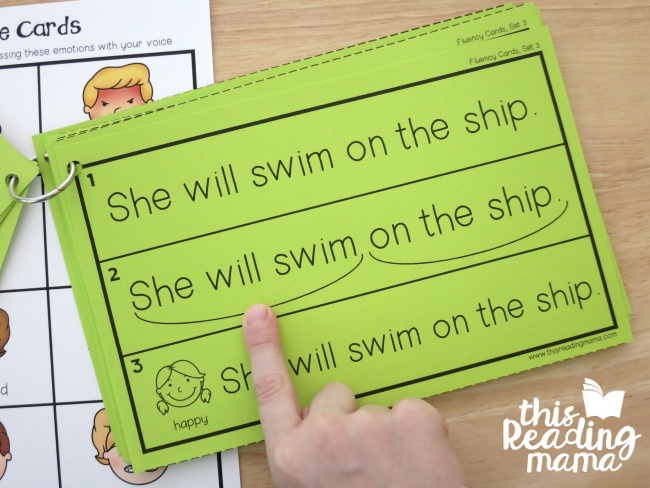
Scooping phrases is a technique included in reading fluency activities that helps students read more fluidly by grouping words into natural phrases rather than reading word by word. This method teaches them to recognize how groups of words fit together within a sentence, improving both their speed and comprehension. It’s like scooping up parts of a sentence in one go, which makes reading smoother and more expressive. Scooping phrases can transform choppy readers into fluent narrators, making their reading sound more like natural speech.
14. Flashcard Fluency Drills
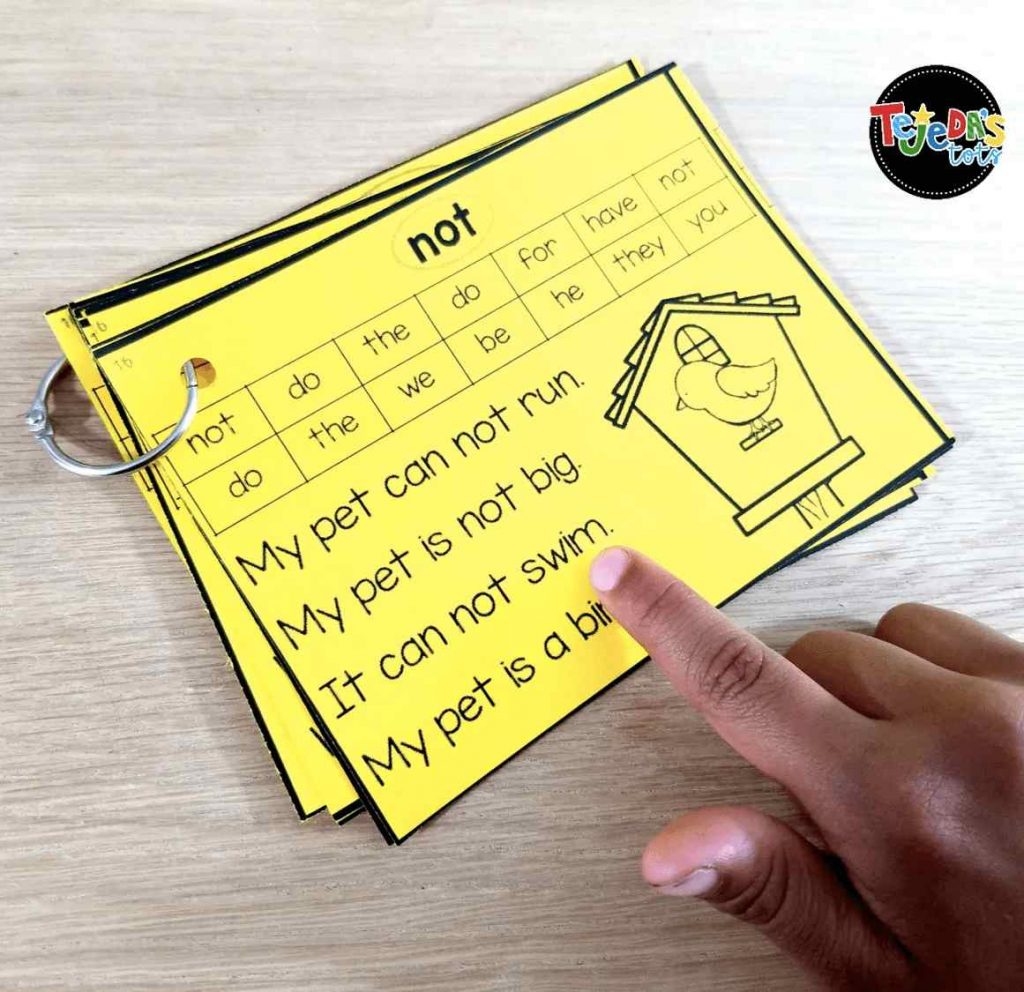
Flashcard fluency drills are straightforward yet effective reading fluency activities designed to improve speed and accuracy in recognizing words. By using flashcards that feature common sight words or challenging vocabulary, students can practice rapid recognition, which is a critical component of fluency. These drills can be made more interactive and fun by turning them into a game where students compete against themselves to beat their previous times, or even work in teams for a more collaborative learning experience. This method reinforces quick word identification, an essential skill for fluent reading.
15. Reader’s Theater

Reader’s Theater is one of the most dynamic ideas for teaching fluency. In this activity, students are given scripts based on books they have read, and they perform for their classmates, using their voices to bring the characters and story to life. This encourages students to focus on their expressive reading, using tone, pace, and emotion to convey the story. It’s not just about reading aloud; it’s about performing the text, which can significantly enhance a student’s reading fluency and confidence.
Related Reading: Best Reading Websites For Kids
Why Is Reading Fluency Important for Young Readers?
- When kids read fluently, they understand the story or information much better. It helps them catch the meaning of their reading without getting stuck on each word.
- Fluent readers can go through text quickly. This means they can enjoy more stories or learn new things quickly.
- Kids who read smoothly are more likely to enjoy reading. It feels good when you can read a book without struggling, turning reading into a fun activity.
- Being able to read well boosts a child’s confidence. They feel proud of their reading skills and are more likely to participate in class or read out loud.
- Fluent reading helps kids learn new words and understand how they’re used in sentences, growing their vocabulary.
Track Your Kid’s Reading Progress
Keeping an eye on how well your kid is doing with their reading can be a big help in making sure they’re on the right track. You want to know what’s working and where they might need a bit more practice.
SplashLearn isn’t just about making learning fun; it’s also a great way to keep an eye on how well your kid is doing with reading. With easy-to-understand progress reports and personalized recommendations, SplashLearn takes the guesswork out of tracking your child’s reading journey. It’s like having a personal reading assistant who’s always there to help you and your kid see how far they’ve come and where to go next.
Frequently Asked Questions (FAQs)
What is a reading fluency activity?
A reading fluency activity is a task designed to improve how smoothly and accurately someone can read aloud, often focusing on speed, expression, and comprehension all at once.
How do you teach reading fluency?
You teach reading fluency by using activities for developing reading fluency that encourage repeated reading, expressive reading, and understanding of text. Techniques include echo reading, choral reading, and audiobooks or reading games.
Which activity works best for increasing fluency?
The best activity for increasing fluency can vary by reader but repeated reading and echo reading are highly effective because they focus on practice and mimicking good reading habits.
How can I make fluency practice fun?
Making fluency practice fun can involve turning reading into a game, using technology like reading apps, or incorporating creative activities like Reader’s Theater to engage and motivate young readers.

















